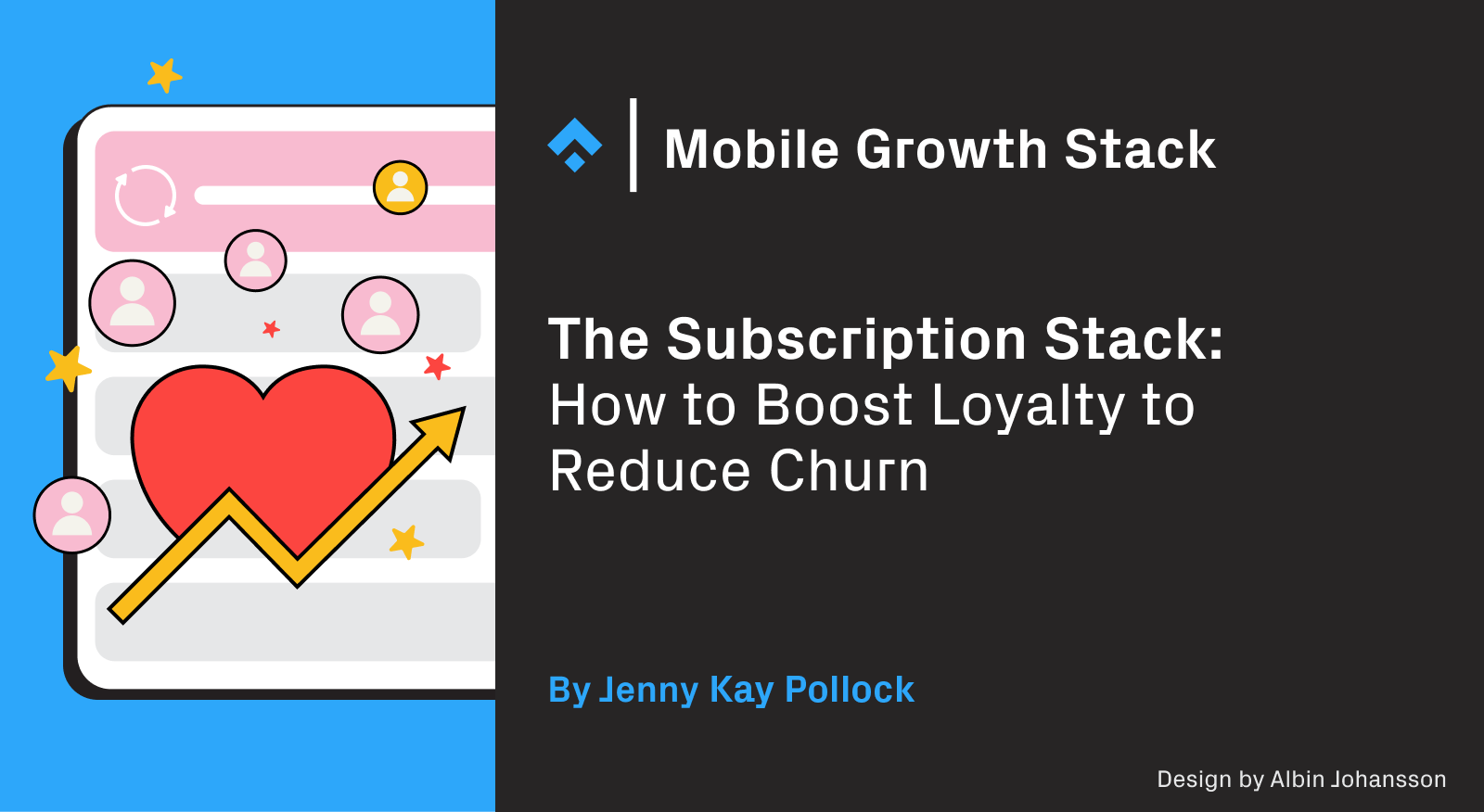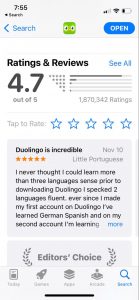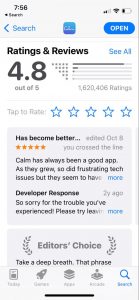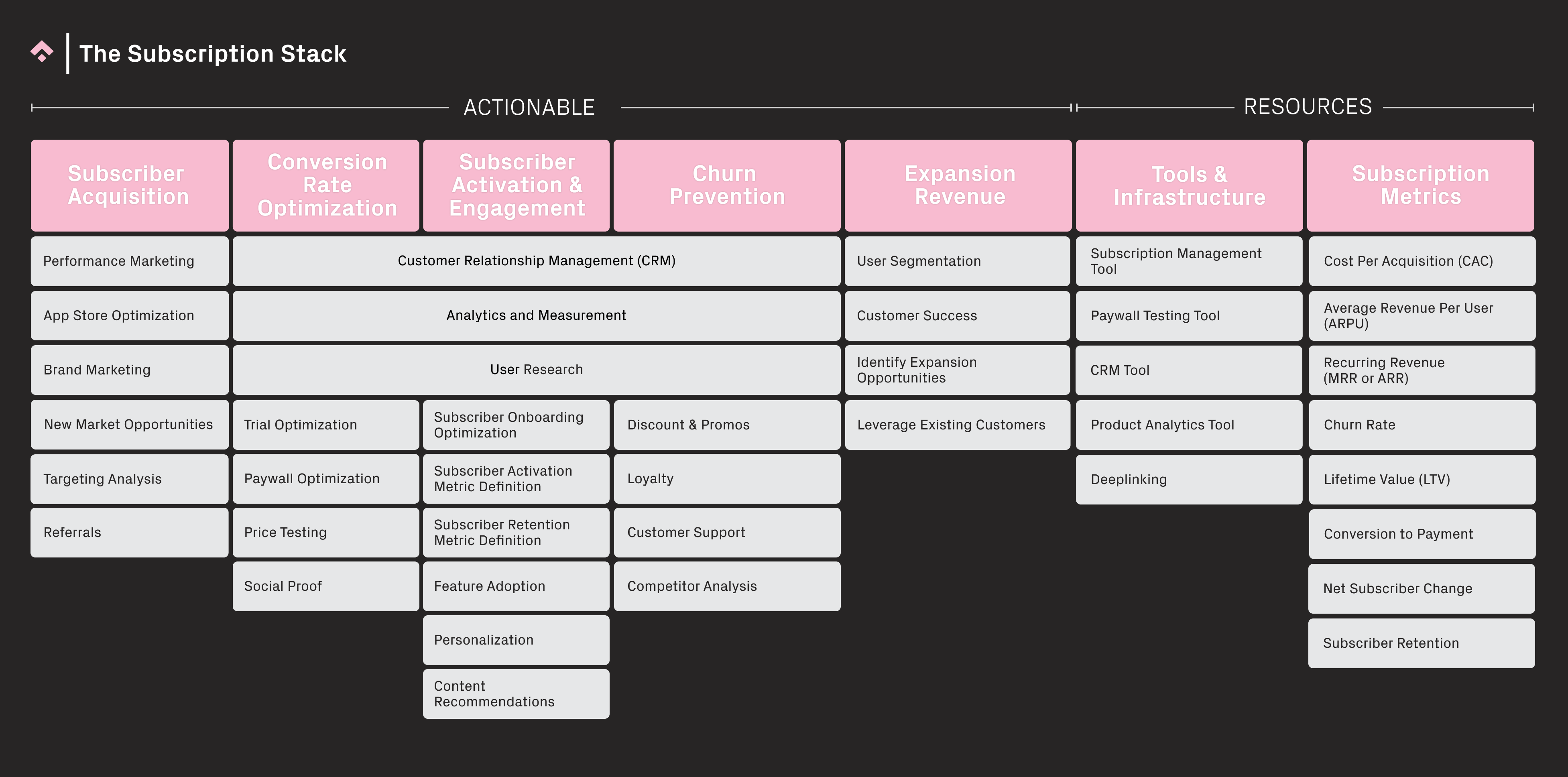
This is a bonus article for our blog series about the Subscription Stack, guest written by Jenny Kay Pollock, Lead Monetization Program Manager at Together Labs.
Here we introduce the key components of subscriber loyalty starting with its benefits and then digging into the tactics that create loyal users. Boosting loyalty among users of subscription apps will help drive engagement and reduce churn. You can read the full Subscription Stack here.
Introduction:
Churn prevention is a crucial component of the Subscription Stack, and the key to reducing subscriber churn is creating loyal users.
There are various ways to inspire loyalty among your user base, however only once you have a clear understanding of your subscriber’s journey should you layer on common tactics such as gamification, personalization, fostering community, and loyalty programs.
This article outlines the importance of user loyalty and its benefits for subscription optimization, from positive testimonials to referral programs and improved word of mouth, before drilling down into the tactics that will help you increase loyalty.
The wider benefits of boosting loyalty
Of course, the chief benefit of boosting loyalty is the long term revenue you’ll receive. However, making loyalty a priority for your business will have positive impacts across the Subscription Stack, aiding other initiatives such as user acquisition, conversion rate optimization, and user research.
User testimonials
Loyal subscribers can help gain new customers with social proof in the form of testimonials that can be used on your webpage, app advertisements, or promotional ads. Steve P. Young of App Masters, recommends including testimonials as part of longer paywalls, finding from paywall experiments that longer paywalls convert better.
Word of mouth and referral programs
Referral programs are mentioned in the User Acquisition section of the Subscription Stack, and are a simple way to capitalize on your happy users. Loyal users often refer their friends and family through word of mouth, even if you don’t give them an incentive to do so. However, incentive programs will help supercharge your referrals. This is typically done with an incentive given to users for referring their network to your app, such as a discount or coupon to both the referrer and the referee.
Positive reviews
We all know positive app reviews are gold, and it goes without saying that loyal users leave better app reviews. According to research by Apptentive, 50% of customers won’t download an app with a 3 star review. If the app has a 2 star review 85% of users won’t download it.


Examples of positive reviews from Duolingo and Calm.
App ratings and reviews are highlighted in the app store and can be the difference between a download or a pass from a potential user.
Word of mouth marketing (mentioned above) leads to greater brand awareness, but it can be hard to measure if your efforts are paying off. A common way to measure user sentiment and potential word of mouth is the Net Promoter Score (NPS).
NPS is calculated by running a user survey with one question, “How likely would you be to recommend (i.e. promote) this app to other people on a 1 to 10 scale?”
Source: Netigate
Improvement in word of mouth can be measured by an increase in your NPS over time. NPS is calculated by the proportion of users who answered as a promoter minus the proportion of detractors. For more information on how to successfully leverage NPS, see here.
Understand the Subscriber Journey as a basis to boost loyalty
Having a detailed understanding of the subscriber journey will provide strategic opportunities to add value as you implement loyalty-driving tactics.
A good start pointing is looking at the data:
Where do your users spend most of their time?
Are there any underutilized features?
What is a user’s journey like in your app’s pre-subscription? Post subscription?
A user research best practice is to validate the learnings from your data with quantitative and qualitative user research. Ask questions like:
- What are the reasons users log out of your app?
- What are the reasons users sign in to your app?
- What do your users value most?
- What motivates users to spend more time in your app?
For more on user research, learn how to translate survey results into actionable insights here.
Tactics to increase User Loyalty
There are four main levers to increase user loyalty: gamification, personalization, fostering community, and loyalty programs.
Gamification: Introducing game-like behavior and features into non-game contexts creates the same loyalty that games have. The goal behind this is to give your users reasons to come back through game-like reward systems.
An example of this is the meditation app, Headspace, which notifies you of how many days in a row you have meditated and provides statistics like total amount of time meditated. These features provide game-like incentives that make people more likely to come back day after day to meditate.
Personalization: This includes providing personalized content to users and/or allowing them to personalize their experience. For example, the New York Times Cooking app allows you to create lists of your favorite recipes, while also providing personalized suggestions based on your other recipes.
Personalization is a powerful tool that helps users enjoy a specific experience in-app or express themselves to others. Spotify’s year end recap playlists are a textbook example of the success of personalization.
Foster Community: Creating a space for users to connect with each other. This can be in your app or separately with community building tools like Reddit and Discord. Even the free version of Slack can be used to create these communities. These communities are great at providing value to your users outside of your app while also reminding them why they want to return to your app. These communities are especially great for games, where community members can share achievements and strategies. Getting the support of the community helps further encourage success in the game while strategizing helps players have success.
Loyalty Program: A great way to boost loyalty is to design a loyalty program, reducing churn by giving customers a reason to engage and stay, and increasing customer engagement by giving users something to strive for. When customers know that they can earn rewards for using your app, they are more likely to use it more often.
An example of this is Fortnite’s season rewards. By offering players the ability to unlock greater rewards by subscribing to the current season, it incentivises players to come back throughout the season to move up that season’s reward ladder.
Image from Fortnite Season 7 Battle Pass Rewards, IGN
If you are looking for a way to improve your app revenue then a loyalty program is a great option. Loyalty programs can help you reduce churn through increasing customer engagement and improving customer satisfaction.
Conclusion
Loyalty is a key piece of the Subscription Stack, fostering loyalty will allow you to retain and grow your user base. Loyalty driving tactics like gamification, personalization, fostering community or setting up loyalty programs can help you mint more loyal users.
More loyal users will ramp up benefits like reduced subscriber churn, improved testimonials and word of mouth, and exponential growth from referral programs. Once you have loyal users, do everything you can to keep them.
BEFORE YOU GO:
- For the full overview of the Subscription Stack by Alice Muir, you can download the pdf here.
- NPS is a metric, used by many organizations, that calculates overall user satisfaction by asking users to rate the product between a score of zero to ten. Learn how to implement an NPS here.
- The first in Alice Muir’s Subscription Stack blog series handles User Acquisition and is a must read as it preempts Conversion Rate Optimization.


















